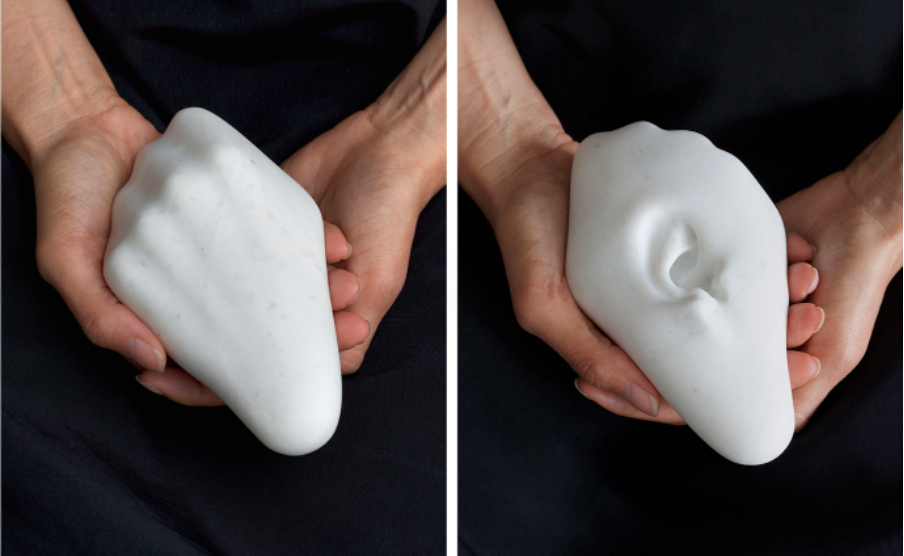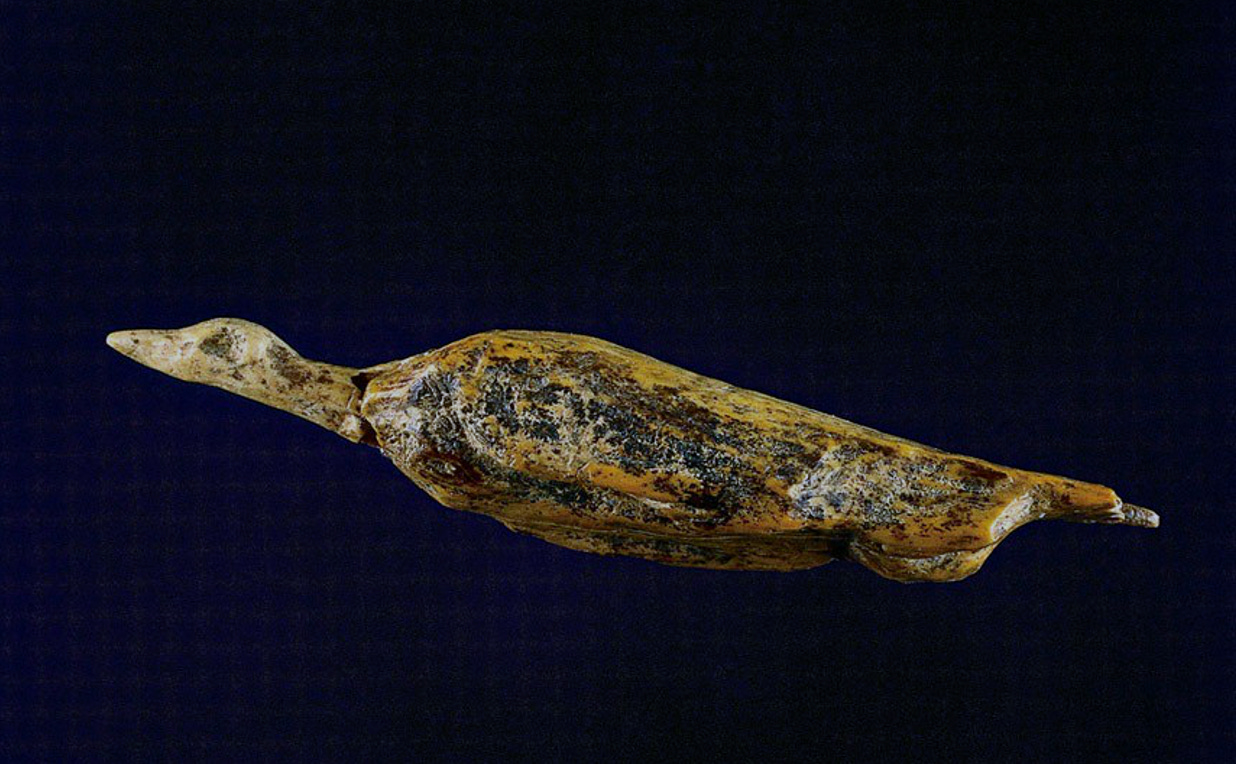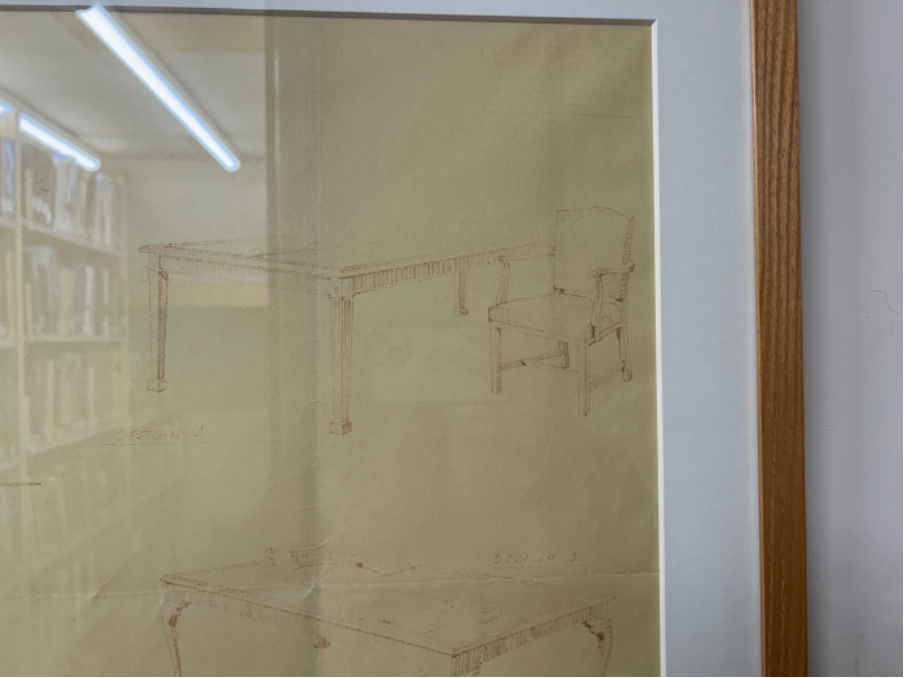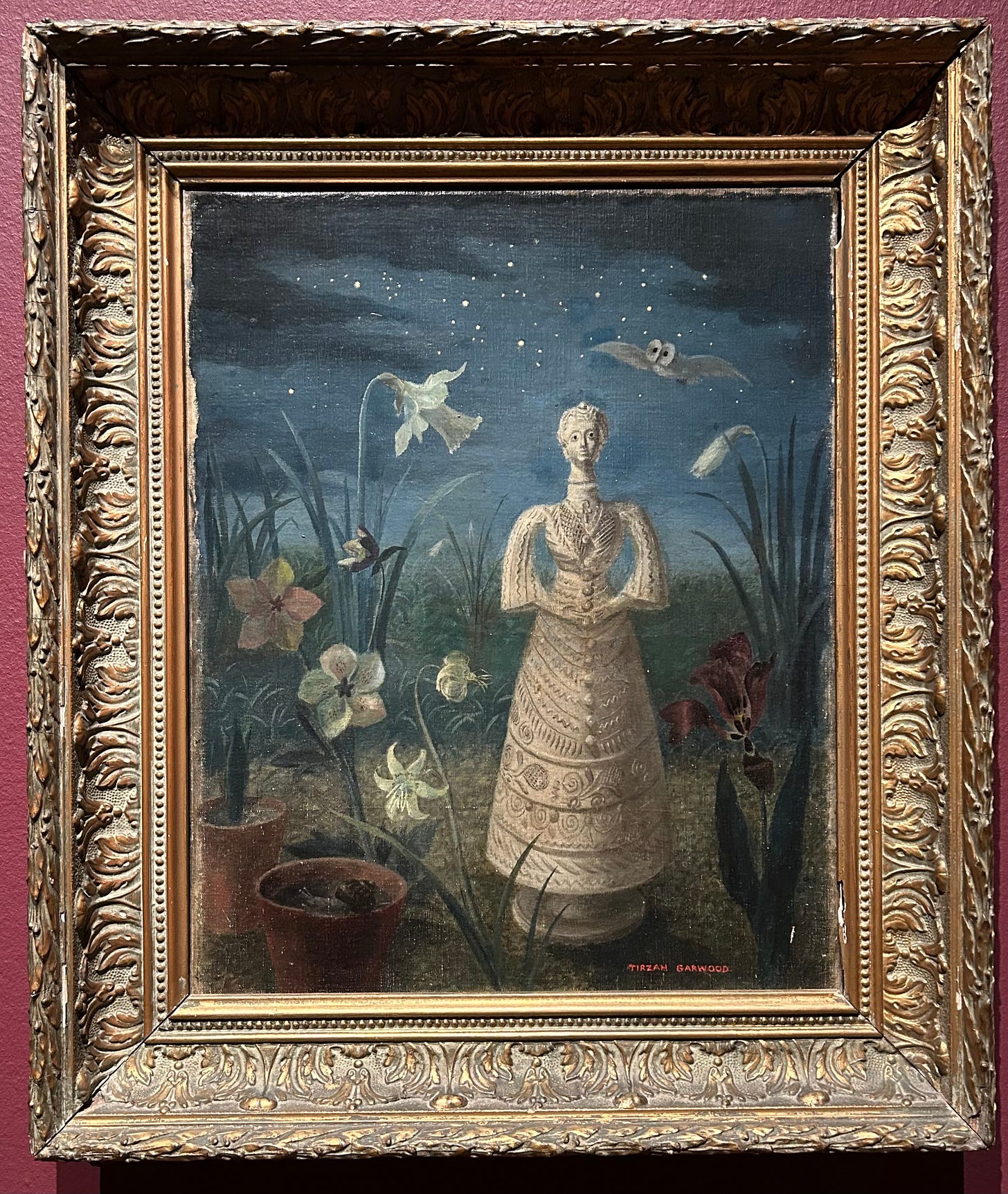“Behold is an object that can only be experienced in the hand.
Curling the fingers of the outstretched palm into a fist withholds its gesture of openness… I curl my hand inward only to open it back up with the receptive hearing of an ear.”
Janine Antoni
I recently read The Sick Bag Song by Nick Cave, which has made me think about the ways I return to old thoughts, and how I visualise them. I pick up these parts of me, that are from different times and felt like different interests. I gather them together imagine them being held in a piece of gauze, connected by their membrane and container. They all take on the same translucent haziness.
I spent a lot of time thinking about organs last year, and that hasn’t been such a big part of my work yet in the studios at the Ruskin, but when I read something like this, I’m reminded how important those bodily connections are to my ways of thinking, and that my interest remains.
The river is a pulsating, living artery.
It has nine known qualities.
It is not ashamed of its actions.
It flows without resistance.
It washes its own history away.
It has no memory.
It is eternally of the present and in the present.
It is not dependent on the whims of the muse.
It needs no angels to transport it.
The Sick Bag Song, Nick Cave
I picture a sort of chalkiness when I look over what’s been interesting me, and I’ve realised it’s because of the plaster heart I made last year. I feel like I’m holding that in my palm again, and it doesn’t have to be a heart, it’s just holding a piece of white chalk. It’s in the dusty mark that’s left behind, the trace, the solidity of the chalk and yet the way it deposits itself and falls apart. It’s from something much greater; chalk cliffs.
Maybe its because of how fleetingly it feels like things can appear and disappear – that something can feel so solid and yet so transient and ephemeral at the same time. It’s so special that we can make things that tie us to it, that make this tangible. Things that physically last, that are in many ways permanent but bring us to something that feels so intimate and temporary. Someone was able to move between worlds by carving a bird out of ivory. Communication through time, with my hand pressed to my breastbone.
In the dream, the white bird is very close.
…The lace fabric found last year when I was making organs, and the baby clothes. Making objects, the ephemerality of that bit of last year.
…Lace as a membrane, something permeable and translucent. Something that lets some through, that is both visible as a cloth and as what lays behind it. Muslin, tracing paper, flimsy, lace curtain, bare feet.
…A star hanging in a gauze frame, a memory, someone else’s memory, collective memory, imagined memory.
What I loved about The Sick Bag Song is how blurred the line is between his observational writing and his imaginative writing. Is there really any difference? From yesterday in the Worcester College library: the washed-out figure, the lace, the lost table and chair in the hallway light. What between them is the same? The loss of clarity, I think they are blurring. It feels like looking through a sheet of muslin. I want to blur the lines, and I think they are blurring. What is ‘part of it,’ what do I want to return to?
Gazing out over the surface, we pause and give into dream. Perhaps we think and dream so intimately next to the lake because it reflects us best as the most “body-like” of the bodies of water.
And in that hazy, white feeling of dream, there are sounds of hand movements. Those wingbeats. The noises of existence in the quiet, evidence of movement and of skin and of air, and still somehow the solidity of stone.
I’d like to go to choir rehearsals and watch the imagined noise of hands turning sheet music, the imagined noise of conducting hands, and of fabric settling downwards.
I think there is something about the quiet noise that’s the same as what I see when I see it all together, because
An angel will unfold its wings and speak into my ear.
Recent Reading:
The Sick Bag Song, Nick Cave
The White Book, Han Kang
The Book of Symbols: Reflections on Archetypal Images
The Everyday School of Art shares individual reflections by Rowan Briggs Smith (BFA student at The Ruskin School of Art, Oxford), and Paula Briggs (Co-founder and Director of AccessArt), as we undertake our own creative journeys.










